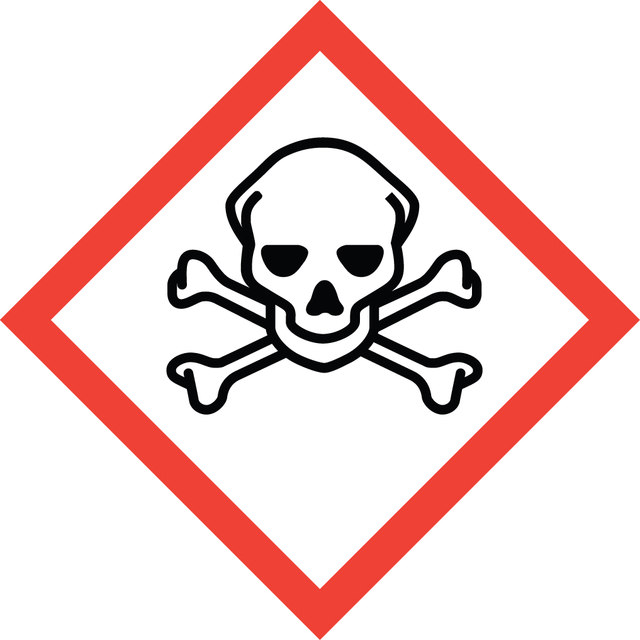Sign Into View Organizational & Contract Pricing
About This Item
Empirical Formula (Hill Notation):
C15H24N2O2
CAS Number:
Molecular Weight:
264.36
EC Number:
MDL number:
UNSPSC Code:
12352200
PubChem Substance ID:
NACRES:
NA.32
biological source
synthetic (organic)
Quality Level
Assay
≥98% (TLC)
form
powder
technique(s)
toxicology assay: suitable
storage temp.
2-8°C
SMILES string
CCCCNc1ccc(cc1)C(=O)OCCN(C)C
InChI
1S/C15H24N2O2/c1-4-5-10-16-14-8-6-13(7-9-14)15(18)19-12-11-17(2)3/h6-9,16H,4-5,10-12H2,1-3H3
InChI key
GKCBAIGFKIBETG-UHFFFAOYSA-N
Gene Information
Looking for similar products? Visit Product Comparison Guide
General description
Tetracaine belongs to the amino-ester class and has a pKa of 8.46.
Application
Tetracaine can be used as a research tool for studying E-C coupling in both skeletal as well as cardiac muscle. The product is a local anaesthetic drug used for studying the impact of numerous drugs on Tumour-necrosis-factor (TNF)-mediated cytotoxicity as well as TNF-induced arachidonic acid release.
Tetracaine has been used as an anesthetic and to lower the glucose synthesis in upper small intestinal infusions. It has also been used to inhibit ryanodine receptors (RyRs) in rats.
Topical ophthalmic anesthetic; used for spinal anesthesia
Biochem/physiol Actions
Blocks voltage-sensitive release of Ca2+ from sarcoplasmic reticulum.
Tetracaine also refers as 4-(Butylamino)benzoic acid 2-(dimethylamino)ethyl ester interfere with calcium movement in muscle and non-muscle cells and can inhibit potassium-induced as well as caffeine-induced shortening of outer hair cells (OHC′s). But, the product can′t inhibit electrically-induced shortening of OHC′s.The product can also stimulate caspase activation and inhibits pro-survival signalling pathways which in turn induce human renal cell apoptosis.
Tetracaine blocks intracellular sodium channels. It mediates phosphorylation of eukaryotic initiation factor 2 (eIF2 α) via translational inhibition of P-body formation.
Preparation Note
250 mg of tetracaine dissolves in 5 ml of EtOH to yield a clear, colorless solution. The product is also soluble in chloroform and ether at a ratio of 1:2 and in ethanol at 1:5. It is very slightly soluble in water.
Signal Word
Danger
Hazard Statements
Precautionary Statements
Hazard Classifications
Acute Tox. 3 Oral - Carc. 2 - Skin Sens. 1
Storage Class Code
6.1C - Combustible acute toxic Cat.3 / toxic compounds or compounds which causing chronic effects
WGK
WGK 3
Choose from one of the most recent versions:
Already Own This Product?
Find documentation for the products that you have recently purchased in the Document Library.
Our team of scientists has experience in all areas of research including Life Science, Material Science, Chemical Synthesis, Chromatography, Analytical and many others.
Contact Technical Service
